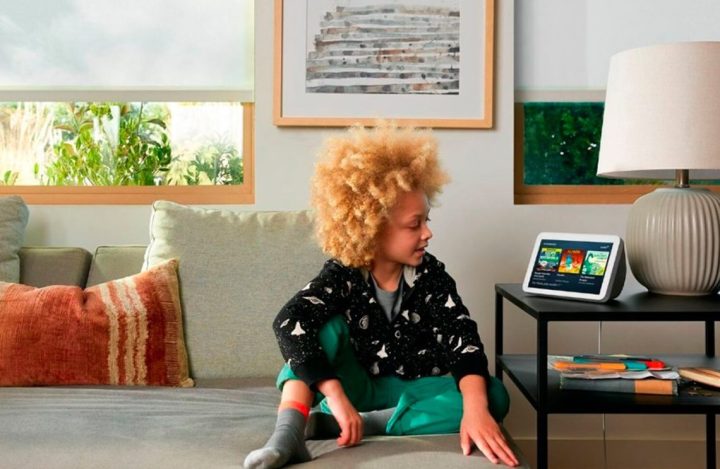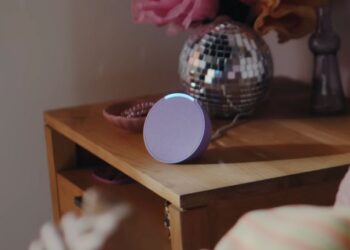Select Language:
For years, I’ve envisioned an ideal smart home system—one that adjusts to my routines and performs tasks automatically without prompting. When Alexa+ was announced, I hoped it would be the breakthrough I’ve been waiting for. Though it’s definitely an improvement, I believe there’s still significant potential for further development.
In terms of conversation, Alexa has never quite matched the natural flow of Google Assistant. Alexa requires a trigger phrase for each command, whereas Google typically listens for a few seconds after completing a task to capture follow-up instructions. This made Google Assistant feel more conversational. On the flip side, Alexa has historically been more reliable for controlling smart home devices, even if its vocal commands can sometimes sound rigid.
Alexa+ has certainly enhanced its conversational abilities, but while the upgrade marks a major step forward, it still hasn’t reached its full potential. Currently, Alexa+ is available in a limited early access program, which means a few bugs are still being ironed out. Reactions have been mixed—some users appreciate the improvements, while others feel the changes are heading in the wrong direction.
I see both sides of the debate. Here’s what’s new with Alexa+, along with areas where it still needs improvement.
### Conversation Feels Much More Natural
When you ask the basic Alexa version a question, she’s responsive. Sometimes her responses include extra details that feel like they go on forever. While the original model tends to drone on and include irrelevant information, Alexa+ is better at handling interruptions and manages follow-up questions more seamlessly.
It appears as if Alexa+ genuinely wants to engage in conversation, remembering details you share. However, I can’t help but wonder if my voice data is being sent straight to Amazon servers. While most of our data is likely already known by Amazon, I still feel uneasy about sharing too much.
### The Price Tag Isn’t Cheap
Alexa+ is a clear strategy to integrate users into Amazon’s Prime ecosystem. The service currently costs $19.99 per month for non-Prime members, but Prime subscribers get it at no extra cost. Once you’re a Prime member, it’s hard not to take advantage of free shipping, Prime Video, and other perks that come with a subscription.
### Improved Smart Home Management
Smart home controls have received notable upgrades. Setting routines now can be done entirely through voice commands, eliminating the hassle of navigating a complicated app. For example, I can say, “Alexa, every morning at 7 AM, turn on my office light and start the kettle,” and it executes smoothly.
### The Road Ahead Is Long, But Bright
While Alexa+ offers impressive upgrades, don’t expect miracles based solely on official materials. Amazon’s promotional content suggests Alexa+ combines the capabilities of AI models like ChatGPT, Gemini, and Claude into a single platform, but that’s not quite accurate.
It remains the smartest home assistant available today. As it continues to improve and refine its features, I believe it will become almost indispensable. The ability to share documents or schedules that Alexa can reference is particularly exciting.
However, competition is heating up. Google recently announced Gemini for Home, a service designed to replace Google Assistant and integrate Gemini’s advanced AI capabilities into the Google ecosystem. Because of that, Alexa+ faces a much more competitive landscape.
I’m cautiously optimistic about what’s been shown so far. While it’s not yet perfect, Alexa+ will likely only get better over time. I look forward to revisiting it once all the issues have been addressed.







